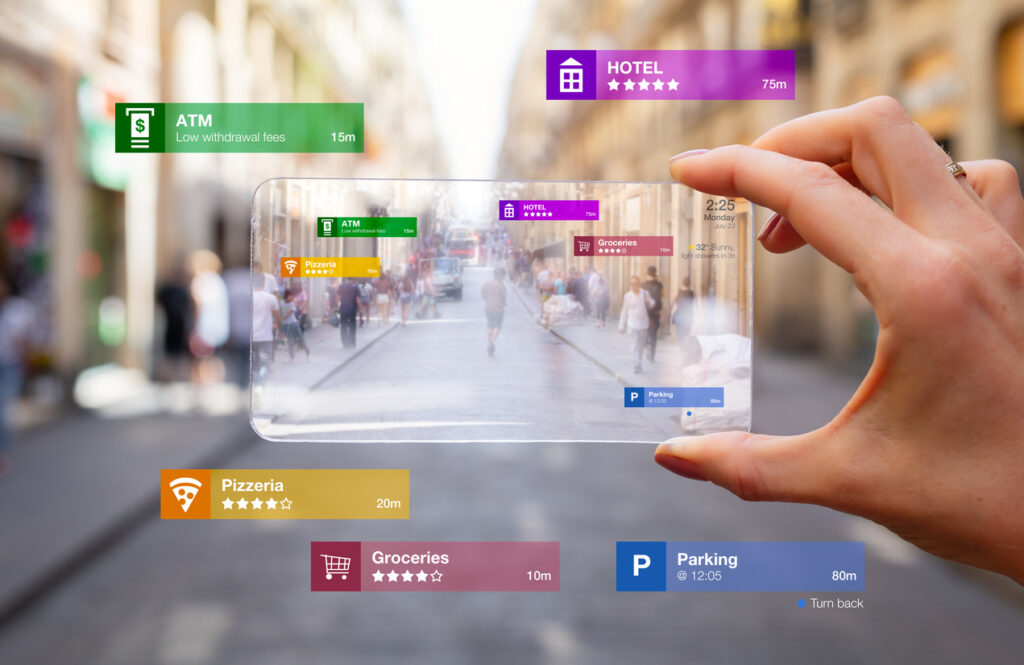In the ever-evolving landscape of technology, the interface between humans and machines holds a pivotal role in shaping our interactions with the digital realm. Human-Machine Interfaces (HMIs) serve as the bridge that connects users to the vast capabilities of modern systems, and as technology continues to advance, so too does the evolution of HMIs. From touchscreens and voice commands to augmented reality (AR) and beyond, the future of HMIs is poised to revolutionize how we engage with technology, presenting both opportunities and challenges for system integrators.
Touchscreens: A Touch of Intuitiveness
Gone are the days of cumbersome keyboards and mouse clicks – touchscreens have emerged as the quintessential interface for modern devices. Whether it’s smartphones, tablets, or interactive kiosks, touchscreens offer users an intuitive and tactile way to navigate digital environments. With the rise of capacitive touch technology and multi-touch gestures, users can effortlessly swipe, pinch, and tap their way through complex interfaces with ease.
For system integrators, the proliferation of touchscreens presents opportunities to design more user-friendly and engaging experiences across a wide range of applications. From retail and hospitality to healthcare and manufacturing, integrating touch-enabled interfaces into existing systems can enhance efficiency, productivity, and customer satisfaction.

Voice Commands: The Power of Speech
Voice recognition technology has witnessed a remarkable evolution in recent years, thanks to advancements in natural language processing (NLP) and machine learning algorithms. Virtual assistants like Amazon Alexa, Google Assistant, and Apple’s Siri have become ubiquitous fixtures in our daily lives, enabling users to perform tasks, retrieve information, and control devices using nothing but their voice.
The integration of voice commands into HMIs opens up a world of possibilities for hands-free interaction and accessibility. Whether it’s controlling smart home devices, dictating text messages, or navigating complex software applications, voice-enabled interfaces offer a convenient and efficient alternative to traditional input methods.
For system integrators, incorporating voice commands into HMI designs requires careful consideration of factors such as language recognition accuracy, contextual understanding, and privacy concerns. By leveraging cloud-based voice recognition services and customizing voice interfaces to suit specific user needs, integrators can deliver seamless and personalized experiences that enhance user satisfaction and productivity.
Augmented Reality: Blurring the Lines Between Real and Virtual
Augmented Reality (AR) has emerged as a transformative technology that overlays digital information and virtual objects onto the physical world, blurring the lines between reality and fiction. From smartphone apps and wearable devices to industrial applications and immersive gaming experiences, AR has the potential to revolutionize how we perceive and interact with our surroundings.
In the realm of HMIs, AR holds immense promise for enhancing situational awareness, visualizing complex data, and facilitating hands-on training and maintenance tasks. By overlaying contextual information and instructions onto real-world objects, AR interfaces empower users to make more informed decisions and perform tasks with greater precision and efficiency.
For system integrators, integrating AR into HMIs requires expertise in 3D modeling, computer vision, and spatial mapping technologies. By collaborating with AR platform providers and leveraging off-the-shelf development tools, integrators can create immersive and interactive experiences that add value to a wide range of applications, from field service and remote assistance to education and entertainment.

Implications for System Integrators
As HMIs continue to evolve with new technologies such as touchscreens, voice commands, and augmented reality, system integrators must adapt to meet the changing needs and expectations of users. By embracing emerging trends and leveraging cutting-edge technologies, integrators can design and deploy innovative HMI solutions that enhance user experiences, improve operational efficiency, and drive business growth.
However, navigating the complexities of modern HMIs requires a multidisciplinary approach, combining expertise in user interface design, software development, hardware integration, and human factors engineering. By collaborating with clients, technology partners, and industry experts, system integrators can develop customized HMI solutions that address specific challenges and deliver tangible value to end-users.
In conclusion, the future of HMIs is filled with promise and potential, fueled by advancements in touchscreens, voice commands, augmented reality, and other emerging technologies. By staying abreast of industry trends, embracing innovation, and fostering collaboration, system integrators can play a key role in shaping the future of human-machine interaction, unlocking new opportunities and driving digital transformation across industries.

